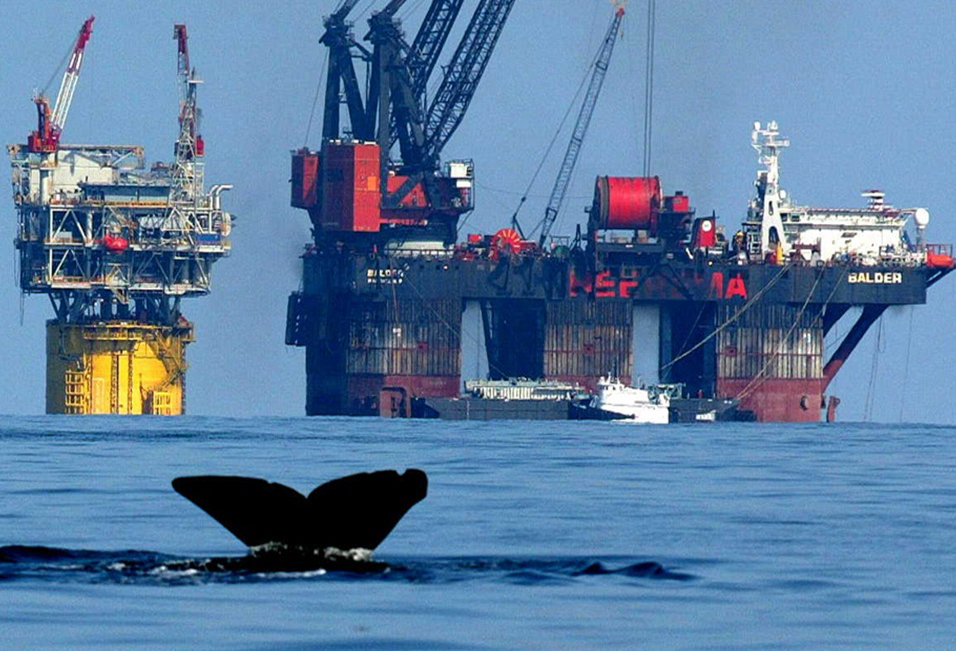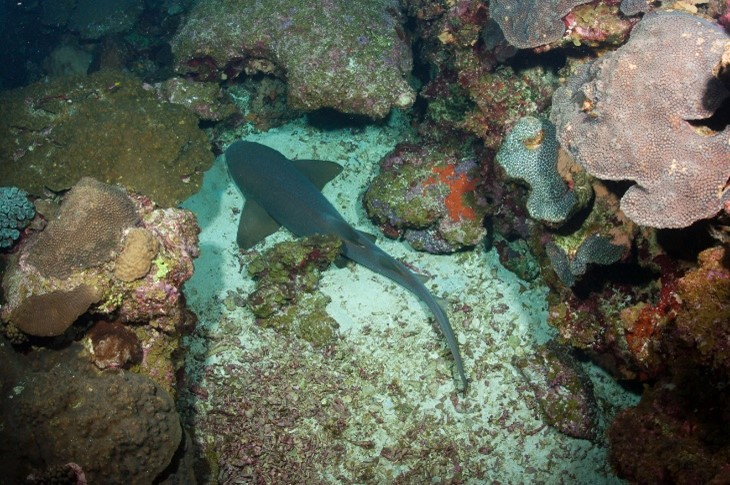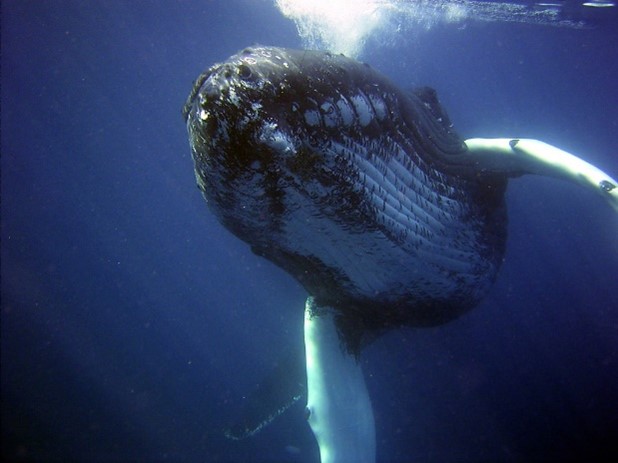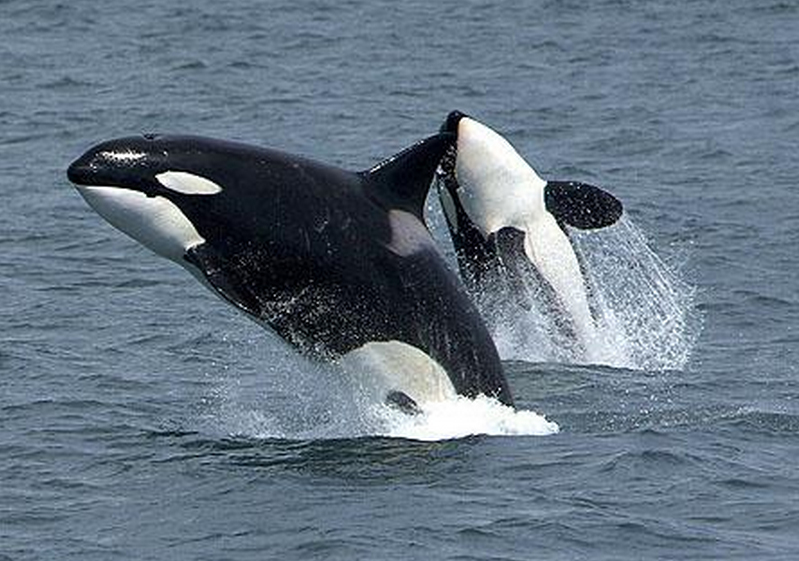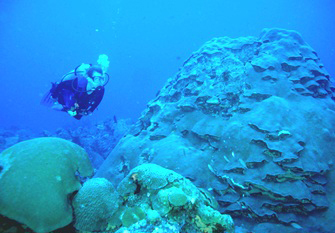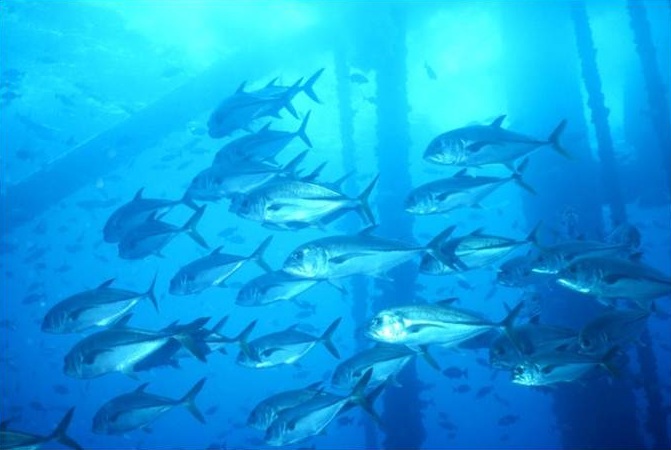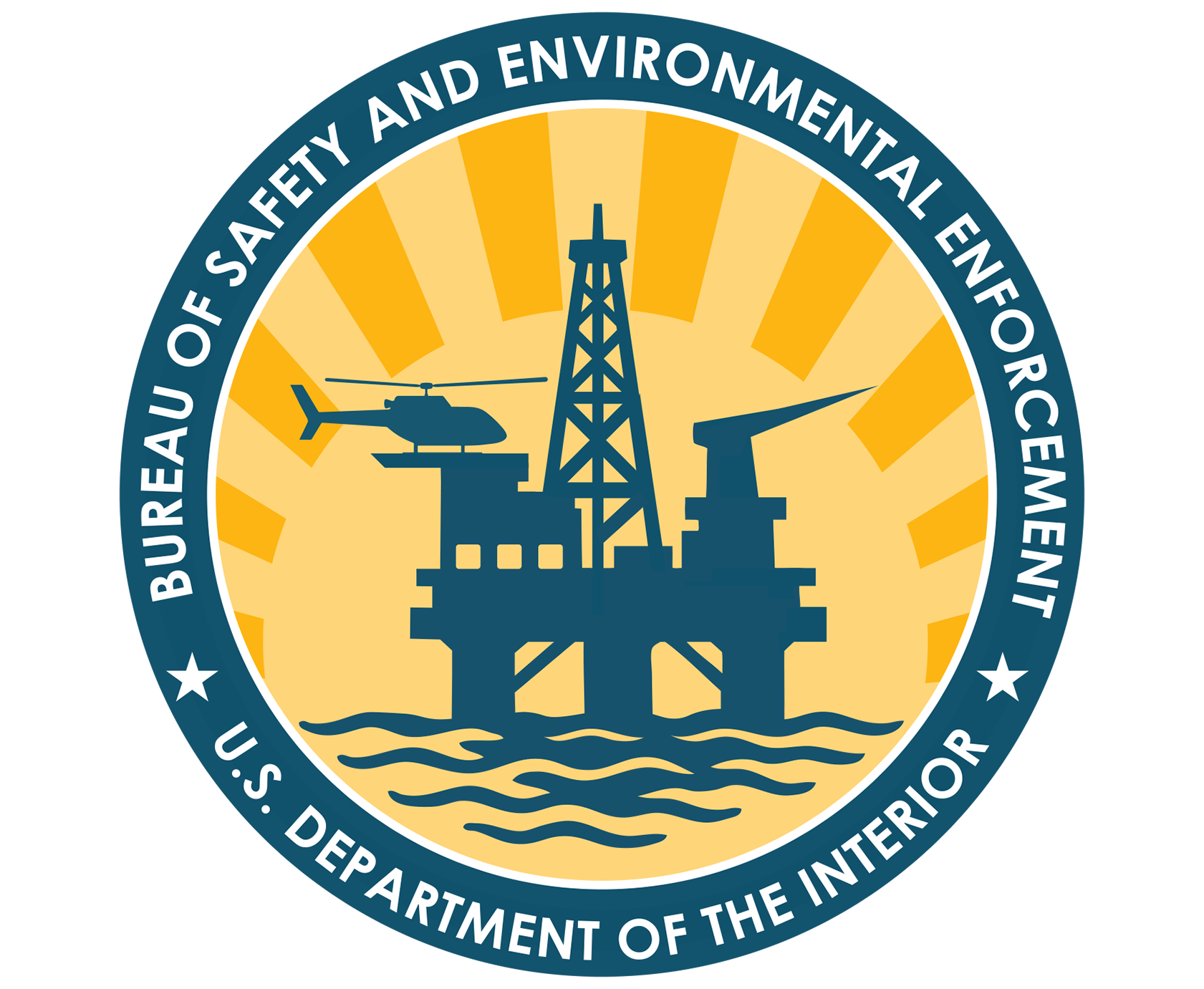Overview
The National Environmental Policy Act (NEPA) requires federal agencies to assess the environmental effects of proposed major federal actions prior to making decisions. NEPA ensures agencies consider the significant environmental consequences of their proposed actions and inform the public about their decision making.
NEPA also provided for the establishment of the Council on Environmental Quality (CEQ) within the Executive Office of the President which ensures that federal agencies meet their obligations under NEPA. CEQ oversees NEPA implementation, principally through issuing guidance and interpreting regulations that implement NEPA's procedural requirements.
Section 102 of NEPA requires federal agencies to prepare a detailed statement on: (1) the environmental impact of the proposed action; (2) any adverse effects that cannot be avoided; (3) alternatives to the proposed action; (4) the relationship between local short-term uses of man’s environment and the maintenance and enhancement of long-term productivity; and (5) any irreversible and irretrievable commitments of resources that would be involved in the proposed action (42 U.S.C. 4332(2)(C)). Through either an Environmental Assessment (EA) or an Environmental Impact Statement (EIS), federal agencies are required to identify and assess reasonable alternatives to proposed actions that could avoid or minimize any adverse effects of the actions on the quality of the human environment.
Federal agencies can categorically exclude certain proposed actions from additional NEPA analyses under an EA and/or an EIS if it is determined that the proposed action would not have a significant effect on the human environment. A categorical exclusion (CE) is a class of actions that a federal agency has determined, after review by CEQ, do not individually or cumulatively have a significant effect on the human environment and for which, therefore, neither an EA nor an EIS is normally required. Federal agencies are also required to establish and identify any extraordinary circumstances under which the CE might have a significant effect, thus requiring review under an EA or an EIS. The Department of the Interior’s list of CEQ approved CEs are outlined in 43 CFR §46.210 and the extraordinary circumstances are listed under 43 CFR §46.215. The Department of the Interior Departmental Manual at Part 516 Chapter 15 identifies the bureau-specific CEs that address General Items, Internal Program Initiatives, Permit and Regulatory Functions, and Royalty Functions.
NEPA at BSEE
BSEE and BOEM maintain a Memorandum of Agreement (MOA) on NEPA and Environmental Compliance, in accordance with Secretary Order No. 3299 Amendment No. 2, Establishment of the Bureau of Ocean Energy Management, the Bureau of Safety and Environmental Enforcement, and the Office of Natural Resources Revenue to help minimize duplication of efforts, to promote consistency of procedures and regulations, and to resolve disputes during the implementation of NEPA. The MOA establishes the Bureaus’ roles and outlines the necessary coordination of the Bureaus’ environmental review and enforcement processes required to conduct energy and resource activities on the OCS. BOEM conducts the necessary NEPA analyses to address the major federal actions of both agencies with BSEE acting as a cooperating agency. BSEE oversees implementation, monitoring, and assessment of the effectiveness of mitigation measures developed during the NEPA process and provides feedback as a part of the adaptive management process.
BSEE's compliance with and implementation of NEPA ensures that BSEE’s federal actions are properly informed and the potential environmental impacts of those actions are appropriately mitigated or avoided altogether. Mitigation and monitoring measures are applied as conditions of approval to permits and other BSEE actions.
BSEE's commitment to the NEPA process helps ensure that we are doing our part as a world leader in protecting our offshore environment, and keeping our world's oceans environmentally sound and healthy for everyone to enjoy now and well into the future.
Contact Us for Gulf related NEPA inquiries
Public Involvement
NEPA requires agencies to seek input from stakeholders and the public throughout the environmental review process. BSEE and BOEM consult, coordinate, and collaborate with governmental entities, stakeholders, and the public to gather feedback and information to assist with informed decision making and minimizing impacts of activities on the OCS. For more information, please click on the links below:
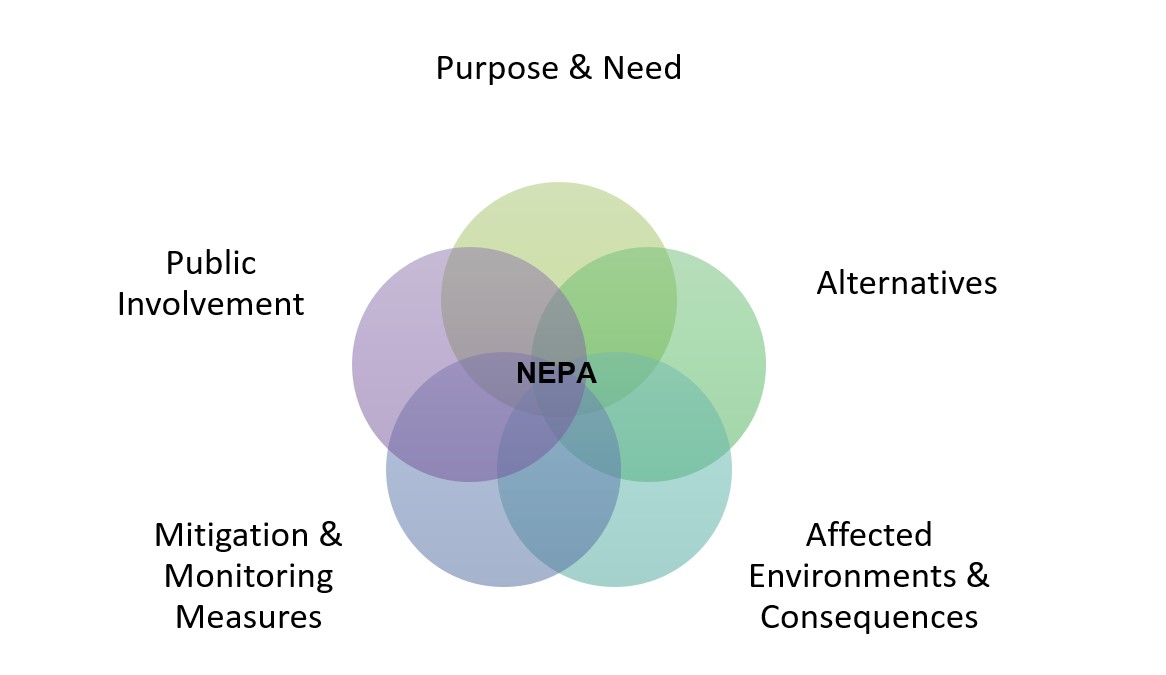
BSEE Guides
The following documents guide BSEE in its implementation of NEPA:
- CEQ Implementing Guidance
- CEQ NEPA Rulemaking
- DOI Department Manual Chapter 15 Managing the NEPA Process—Minerals Management Service 516 DM 15
- BOEM/BSEE MOA regarding NEPA and Environmental Compliance - 2018
- BSEE NEPA Compliance Policy
BOEM & BSEE NEPA Activities
- Alaska OCS Region:
- Environmental Impact Statements And Major Environmental Assessments | BOEM - Atlantic OCS Region:
- National Environmental Policy Act and Offshore Renewable Energy | BOEM
- Atlantic Geological and Geophysical (G&G) Activities Programmatic Environmental Impact Statement (PEIS) | BOEM - Gulf of America OCS Region:
- NEPA Activities - Gulf of America | BOEM - Pacific OCS Region:
- NEPA Activities - Pacific | BOEM
NEPA Documents
- Government Initiated Deployment Exercises of Oil Spill Response Equipment in the Southern California Planning Area PEA/FONSI (April 2018)
- Platform Heritage FONSI & Final EA: ExxonMobil Proposal to Install Impressed Current Cathodic Protection System (2008)
- Structure-Removal Operations of the Gulf of America Outer Continental Shelf (OCS EIS/EA MMS 2005-013)
- Platform Edith to Platform Elly Power Cable Installation EA
- Platform Edith to Platform Elly Power Cable Installation FONSI
- Santa Ynez Unit FONSI & Final EA: ExxonMobil/Sable Offshore Lease Extension (May 2025)
